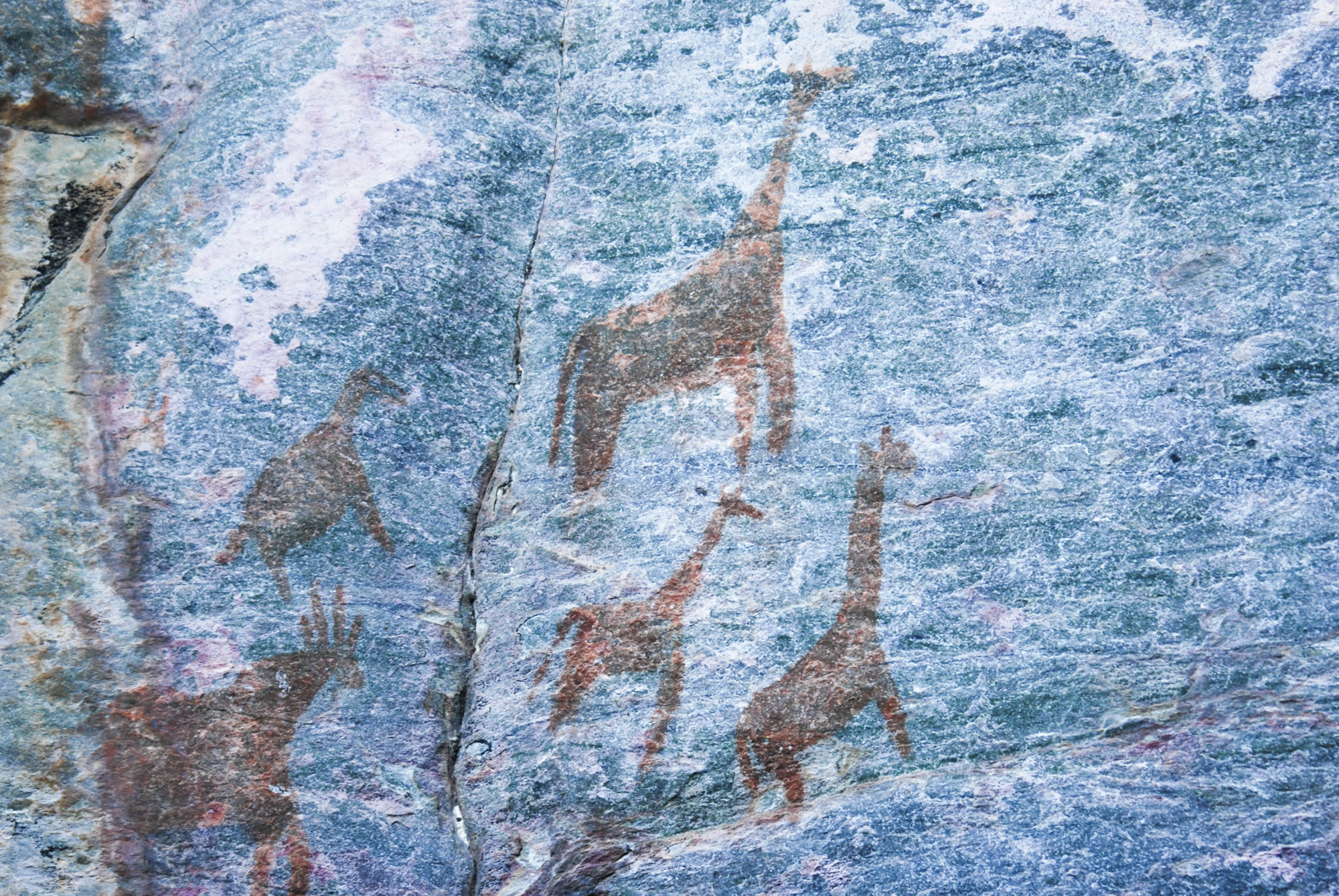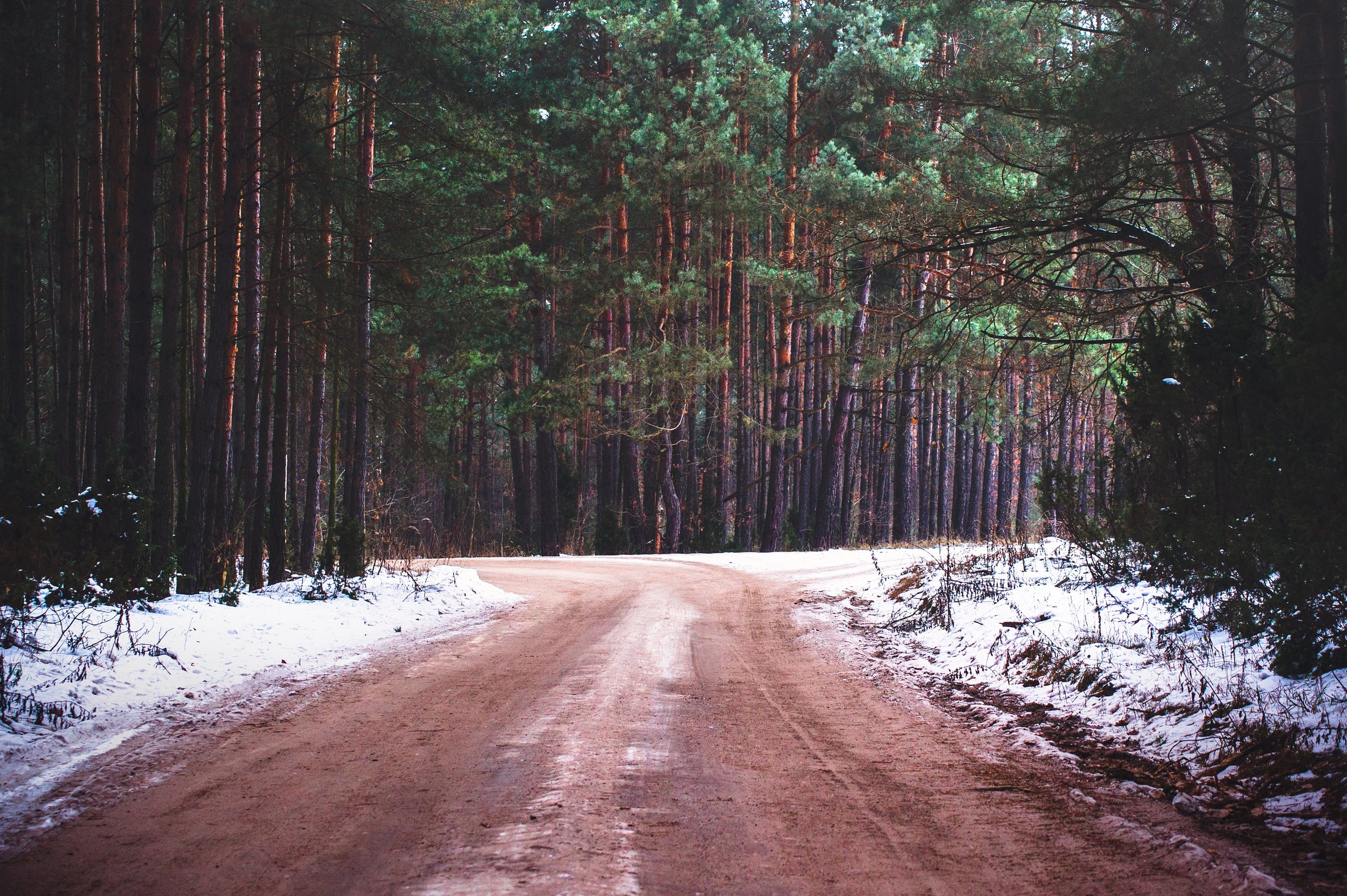Glorious Potentiality
Aaron Guest
 On the first day of 7th grade my history teacher asked us to write down a nickname she should use for us in class. Did she mean we could choose a nickname we wanted to be called by? An Aaron by any other name? I had felt so penned in by name at 12. It had already been egregiously mispronounced (“erin”) and misspelled (I possess a litany of incorrect name tags). Back then I didn’t know of any really admirable Aaron’s either — Aaron Sele, a first round pick by the Boston Red Sox, would not make his debut until I was in 8th grade. These days it’s still burdensome: The double A’s mean I get butt-dialed all the time.
On the first day of 7th grade my history teacher asked us to write down a nickname she should use for us in class. Did she mean we could choose a nickname we wanted to be called by? An Aaron by any other name? I had felt so penned in by name at 12. It had already been egregiously mispronounced (“erin”) and misspelled (I possess a litany of incorrect name tags). Back then I didn’t know of any really admirable Aaron’s either — Aaron Sele, a first round pick by the Boston Red Sox, would not make his debut until I was in 8th grade. These days it’s still burdensome: The double A’s mean I get butt-dialed all the time.
If this comedy sketch had been around 24 years ago… my name and nickname would’ve been coveted by all.
Naming is not an endeavor, whether for my writing or my children or my own self, that I approach lightly. Madeline L’Engle, in Walking on Water, believes Naming to be one of the impulses behind all Art, a way to aid in the “creation of… a wholeness”. Naming is incarnational. It portends what the Caedmon’s Call lyric deems “glorious potentiality”.
I think in this way, too, Naming is an Art. And Art, considering G.K. Chesterton’s humorous and brilliant definition, is limitation: “If you draw a giraffe, you must draw him with a long neck. If, in your bold creative way, you hold yourself free to draw a giraffe with a short neck, you will really find that you are not free to draw a giraffe. You can free things from alien or accidental laws, but not from the laws of their own nature.”
When it comes to naming the characters in a story, whittling away hours searching for the correct name is a foolproof way to not end up writing the story. Ron Carlson tells about the stock names he uses when he starts any story, waiting for the drafts to reveal the name. It works like this for me. Like the focus on a camera lens, the name crystallizes when I can see the potential of the character emerge on the page.
To some extent, my wife and I did this with our three kids. We didn’t tell anyone the names until each child was in our arms. My thought then, as now, is everyone has an idea of what an Isaac or a Lucy or a Vivian should look like based on “accidental laws” surrounding an Isaac, Lucy, or Vivian they have known. Everyone has their own interpretation of “what’s in a name.”
Take a look at the controversy over the actress playing the role of Hermione in the London performance of the new Harry Potter story. This Shakespearean question of “what’s in a name?” still generates robust—and asinine, twittish: ‘but we have a certain picture from the movies!’—discussion. I am ecstatic that Hermione is being extirpated from the cold, dead hands of those who wish to cement the accidental laws of Art onto her. What will make Hermione Hermione in this new chapter of Harry Potter is that she simply “retain that dear perfection [read: potentiality] which [she] is owed.”
I had had a thing for the The Hardy Boys in seventh grade. I wanted to bask in the potentiality of the name Frank. In his “keen-ness” for details, his ability to get out of jams involving criminal syndicates (just flex your muscles and inhale when they tie the ropes around you!), his sense of adventure and justice. And so I was forever Frank to my teacher: my sister had her for class six years later and was asked how Frank was doing.
I have loved, relished, treated as sacramental, the naming of our own kids. And so when they draw homemade wands from inside the pockets they have somehow sewn into old blankets doubling as robes and they are casting spells in English accents while being chased by my father pretending to be Lord Voldemort (yes, I said his name), I notice how gloriously long their necks are.

